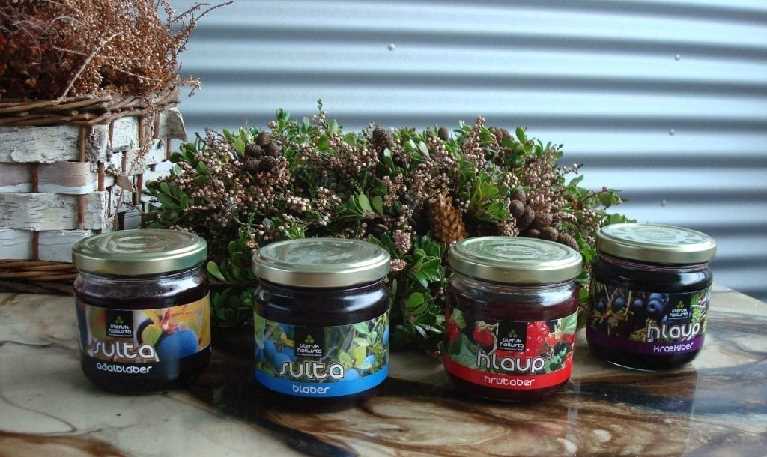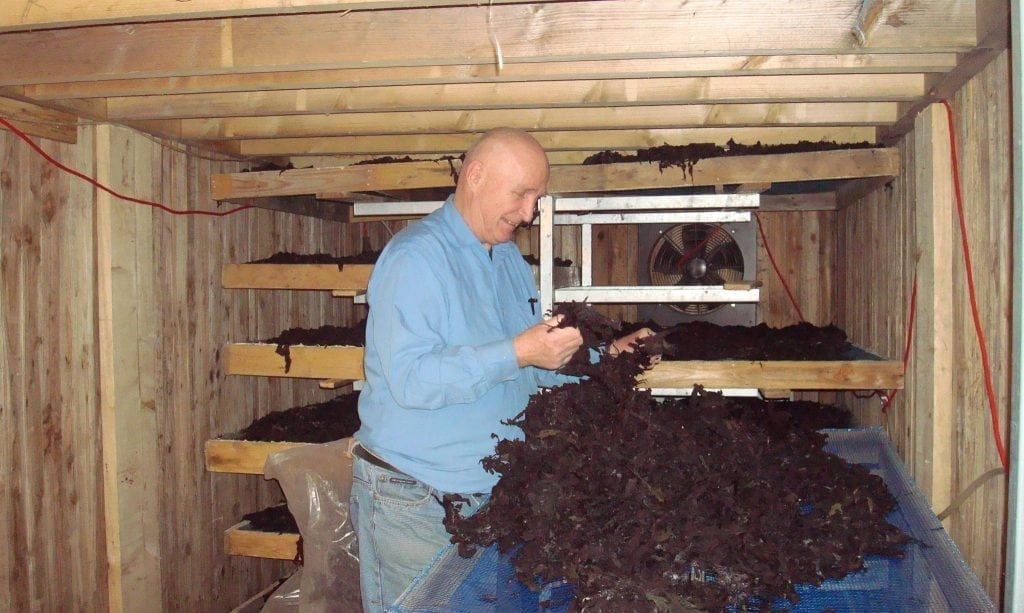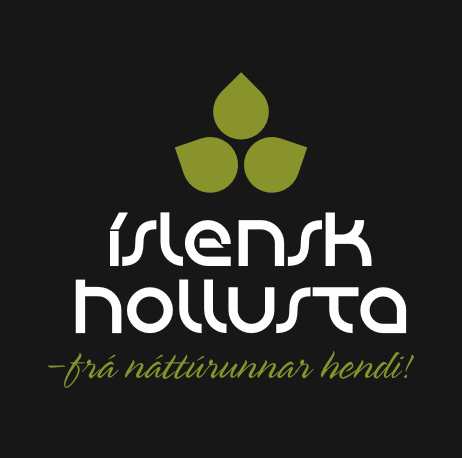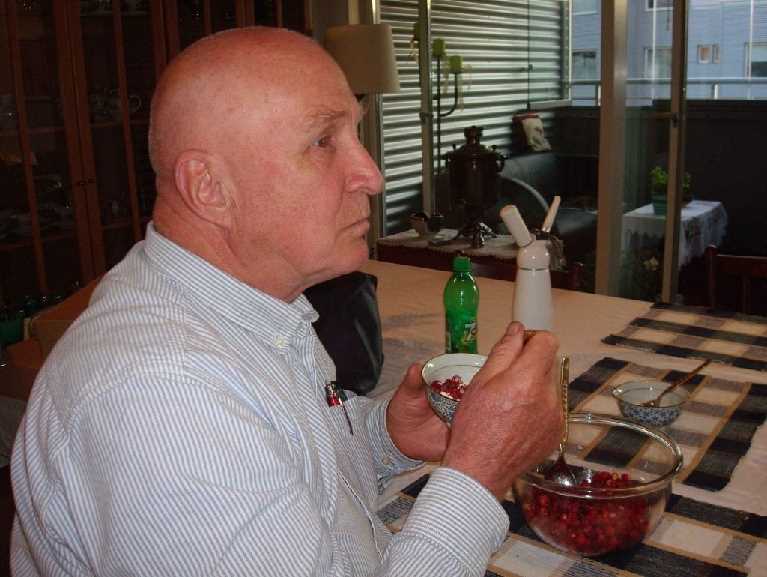Íslensk Hollusta leads the way
Iceland is decidedly in fashion nowadays and people can’t get enough of the tiny country that was virtually unknown to most of the world for centuries. In just the last decade, Iceland has burst onto the scene in a way that no one anticipated and now it has become one of the top destinations for international travel.
There was a period, however, in the not so distant past when Icelanders began to feel rather ashamed of their heritage─traditional foods, the turf house tradition and the old ways that were part and parcel of Icelandic culture for 1000 years were suddenly ‘out’. New tools, machinery, transportation and fast foods of the mid-20th century began to replace the old but Iceland’s mad dash towards modernity finally came crashing down during the financial collapse of 2008. With it came a shift in the collective consciousness, as people─not only in Iceland, but around the world searched for sustainable practices as an answer to the failures of globalism and mass production.
In 2005, as if in anticipation of changes to come, biologist Eyjólfur Friðgeirsson began collecting one of the old Icelandic staples that had been used for centuries─ dulse, a nutrient-rich red seaweed that grows wild around Iceland’s south coast. He named his company ‘Íslensk Hollusta’, which means Icelandic wholesomeness.
In with the old, and out with the new
As a result of the financial crash in Iceland, many previously imported foodstuffs were abandoned and Icelanders began to take a good hard look at what was in their own backyards: wild plants such as angelica, arctic thyme, Irish moss and dulse began to take on a new importance and enjoyed a newfound place in Icelandic food culture. Plants that had once been liberally used in healing remedies and for nutrition suddenly began to enjoy a renaissance that continues to this day. Icelanders finally found their voice, and their passion for a cuisine centred around indigenous ingredients was born. Eyjólfur and his company was there at the forefront of this new wave that continues to this day and shows no sign of abating.
Handpicked and healthy
In addition to dulse, Eyjólfur and his team began to collect other native plants such Iceland moss, angelica, kelp, lovage, birch, bilberries and crow berries which continue to be used in the creation of his line of healthy products. Every summer, some 70 to 80 “pickers” are employed to collect these raw materials by hand that are used in the making of herbal teas, spices, condiments, snacks, herb-marinated seaweed, berry juices and bath products. Especially popular are the geothermal sea salts that are blended with herbs, seaweed and berries, and have the power to take ordinary food up a few notches in taste.
Rising Stars
In the wake of this culinary revolution, one of Iceland’s top chefs began using Íslensk Hollusta products: Gunnar Karl Gíslasson, former head chef of Dill, Iceland’s only Michelin starred restaurant helped put Íslensk Hollusta products on the map. The company also supplies a number of prestigious clients within the restaurant industry with herbs, berries and seaweed; Noma in Copenhagen, Agern in New York and Texture in London to name a few of the most recognisable. Hekla pumice and algae are also sought after by many international cosmetic companies.
Ever innovating
Eyjólfur continues to innovate with new products in this growing market for local products and is now the biggest seller of dulse in Iceland. Other popular products include geothermal bath salts and a moisturising oil for skin care that contains birch, Iceland moss, Angelica and geothermal salt from Reykjanes Peninsula.
Íslensk Hollusta products make excellent gifts to take with you for family and friends back home and they can be found at select souvenir shops around the country, as well as at the Duty Free shop at Keflavik Airport.

Íslensk Hollusta
Holshraun 5
220 Hafnarfjörður
Iceland


